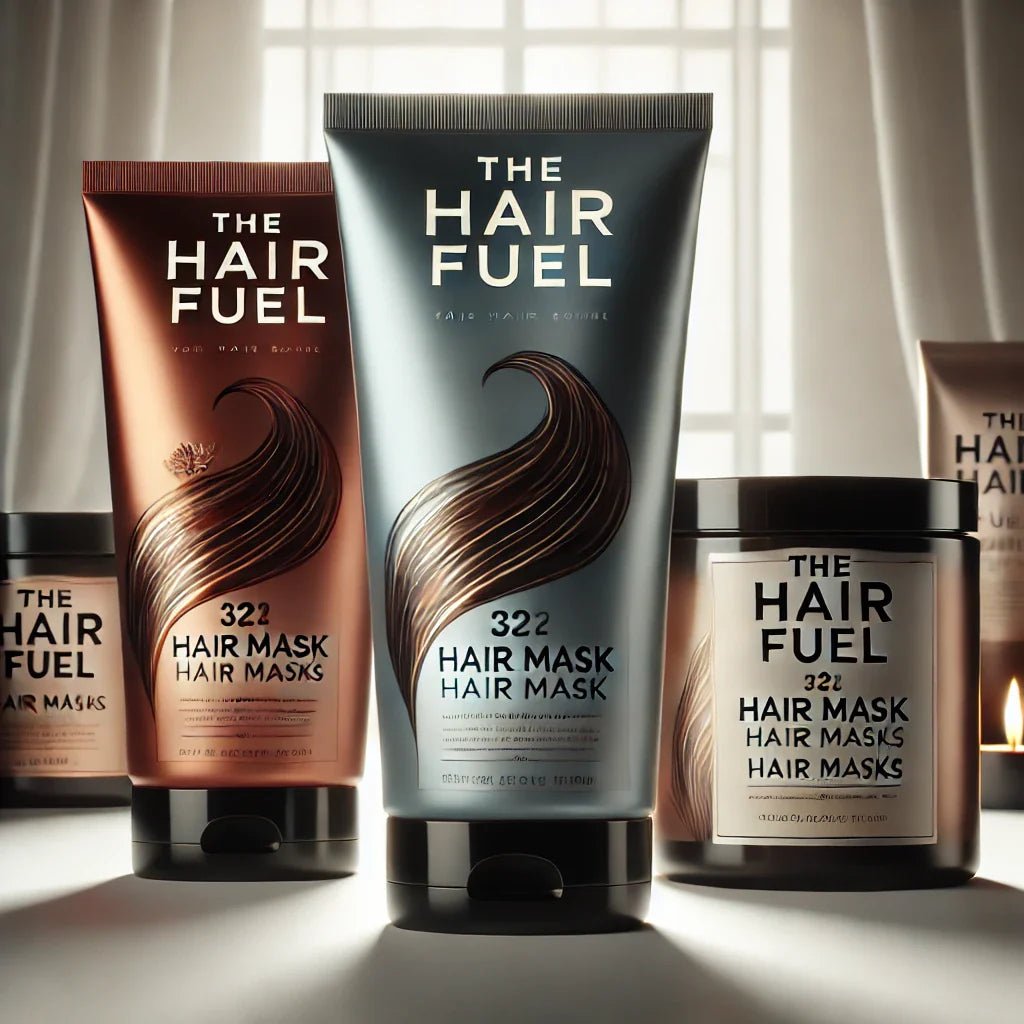Whether you heard about hair porosity already and came here looking how to find out yours, or whether you are just hearing about it for the first time – knowing your hair porosity is key to selecting the right treatment for your hair.
Depending on your overall skin and hair condition, if you had any chemical or color treatments done or if you are taking certain medications, your hair porosity can change throughout your life. If you notice that your hair health had changed – perform this simple test following our guide.
What is hair porosity?
In order to understand what hair porosity is, we need to look at the hair structure first. Hair shaft consists of three parts:

(1) the innermost core, medulla,
(2) cortex that surrounds it, made up of keratin, a form of protein; and
(3) all of this wrapped in a few layers of cuticle – the outermost layer of the hair shaft.

Hair porosity test
- Wash, condition and let your hair air dry. The latter is very important as any heat styling can interfere with the results.
- Take a bowl of tap water at room temperature and place your freshly plucked hair in it.
- Wait for 10 minutes and observe how the hair behaves.
Now, let's look at your results...
Hair doesn’t sink:
Low porosity

What is low porosity hair?
Your hair cuticles are “closed” and tightly stacked together. This makes it difficult for moisture and any conditioning and oil treatment to thoroughly penetrate the hair shaft.
Product tends to build up on your hair surface weighing down and not actually delivering the benefits of the product itself. Scalp can also have a tendency to become oily but hair length remaining dry – due to the product build up.
Low porosity are often "virgin" hair – that, which has not been subject to any chemical treatment or colouring.
Dye and bleach tend to permanently make hair cuticles stand up and remain open thereby letting out the moisture and nutrients, while low porosity hair has not been subject to such treatments and therefore hair cuticles remain tightly closed together.
Good practice:
Shampoo your hair with very warm / hot water to steam and open up the hair cuticles. Then work in the conditioner, leaving it for a minute or two or following enclosed instructions, if you are using a deep conditioning treatment.
Rinse off the conditioner, and seal your hair with cold water or apple cider vinegar – therefore keeping the product inside the hair shaft and closing the cuticles.
Hair sinks slowly mainly staying in the middle:
Medium porosity

What is medium or normal porosity hair?
Your hair cuticles stay relatively open, making them susceptible to retaining moisture and absorbing nutrients from conditioning and oiling routines. Medium porosity hair responds well to styling, chemical treatments and colouring – which puts it in danger of overdoing it! Minimising heat-styling and chemical treatments is generally a good idea.
Good practice:
A quick rinse with cold water at the end of washing and conditioning can add shine and gloss to your hair helping the hair cuticles to stay closed for longer. If you are using products with silicons, ensure you follow a regular product build-up removal rinses in your hair care regimen.
Hair sinks quickly to the bottom:
High porosity

What is high porosity hair?
Hair cuticles stay open, which means that although it absorbs moisture and product quickly, those tend to leave the hair shaft quickly too, often leaving hair dehydrated and malnourished. This can also be the reason for brittle and dull hair.
Ammonia in most hair dyes and thioglycolic acid in permanent and semi-permanent hair treatments permanently lifts up the hair cuticles, and in the case of thioglycolic acid – breaking crosslinks within the hair shaft – increasing its porosity and making hair not only more susceptible to the chemical treatment, but also to the loss of moisture and nutrients.
Good practice:
Consider deploying a sealing regimen – a cold water rinse at the end of the wash to begin with, and adding sealing oils (e.g. avocado oil) and leave-in conditioners afterwards.
Now that you know your hair porosity, you can take our Hair Quiz to find out which oils work best with your hair type.
Finally – just remember that there are no "good" or "bad" hair types – it’s just the matter of finding out yours and figuring out what works best with it. Note that your hair porosity may change, especially after chemical treatments and colouring, so if you notice the condition of your hair changing, perform a hair porosity test again and select your treatment accordingly.





